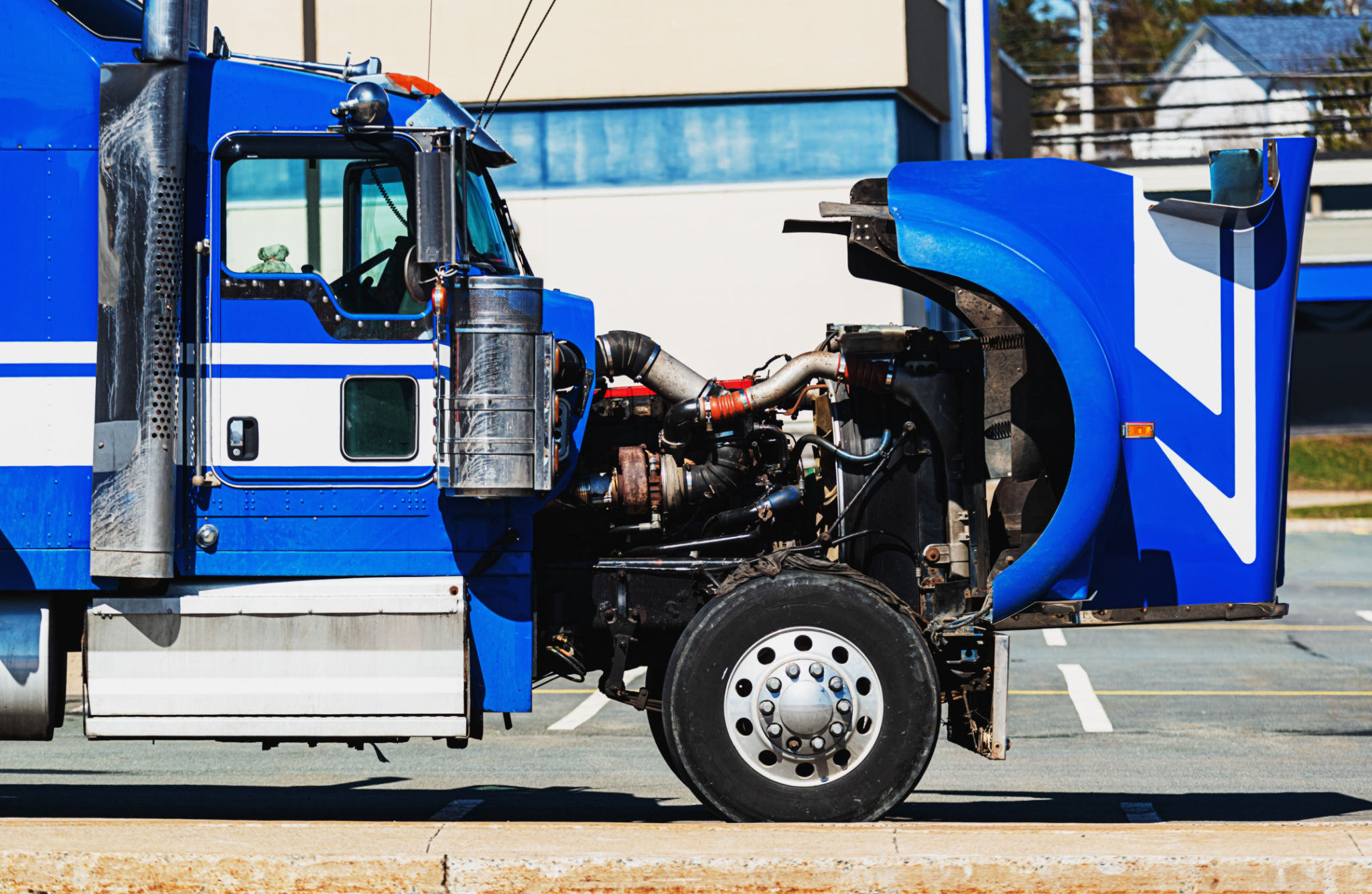Essential Trucking Safety Tips for Winter Driving
Understanding the Challenges of Winter Driving
Winter can be one of the most challenging seasons for truck drivers. The combination of icy roads, reduced visibility, and unpredictable weather conditions can pose serious risks. As a truck driver, being prepared and vigilant is crucial to ensure safety on the road. Understanding the unique challenges that winter driving presents is the first step in mitigating risks and keeping both yourself and others safe.
One major challenge of winter driving is dealing with black ice. This invisible layer of ice can form on roads when temperatures drop, making it extremely difficult to spot. It’s essential to drive cautiously and always be aware of the possibility of black ice, especially on bridges and overpasses that freeze quicker than regular roads.

Preparing Your Truck for Winter Conditions
Preparation is key to ensuring safety during winter months. Before setting out on the road, make sure your truck is equipped to handle harsh weather conditions. Start by checking your tire pressure and tread depth. Tires with insufficient tread can significantly reduce traction, increasing the likelihood of skidding or losing control.
Additionally, ensure that your truck’s lights and signals are functioning properly. Visibility can be severely reduced during winter storms, so it’s important that other drivers can see you clearly. Don’t forget to check your windshield wipers and keep your windshield washer fluid topped up with a winter-grade formula to prevent freezing.

Driving Techniques for Winter Safety
Adopting safe driving techniques is essential when navigating through winter conditions. One effective method is to reduce your speed. Driving slowly gives you more time to react to sudden changes and helps maintain control over your vehicle. Remember that stopping distances increase significantly on snow and ice-covered roads.
Another vital technique is maintaining a safe following distance. The space between you and the vehicle in front should be much greater than usual to allow ample time for stopping. It’s also important to avoid sudden movements, such as sharp turns or abrupt braking, which can cause skidding.

Handling Emergencies on the Road
No matter how prepared you are, emergencies can still happen. Knowing how to handle an emergency situation can make all the difference. If you find yourself skidding, it’s crucial to remain calm. Take your foot off the accelerator and steer gently in the direction you want the front of the truck to go.
In the event of a breakdown, ensure you move your truck off the road as safely as possible. Turn on your hazard lights and set up reflective triangles to warn other drivers. Always keep an emergency kit in your truck, including blankets, food, water, and a flashlight, in case you’re stranded for an extended period.
Staying Informed and Planning Ahead
Being informed about weather conditions and planning your route accordingly can prevent many potential issues. Check weather forecasts before hitting the road and adjust your plans if severe weather is predicted. Using GPS systems with real-time updates can help you avoid hazardous areas.
Additionally, stay connected with dispatchers and other drivers to share information about road conditions. Communication is key in ensuring that you have the most accurate information available and can make informed decisions while on the road.

Conclusion
Winter driving for truck drivers requires preparation, caution, and adaptability. By understanding the challenges, preparing your vehicle, adopting safe driving techniques, being ready for emergencies, and staying informed, you can significantly enhance your safety on winter roads. Remember that safety should always be your top priority, not only for yourself but for everyone sharing the road with you.